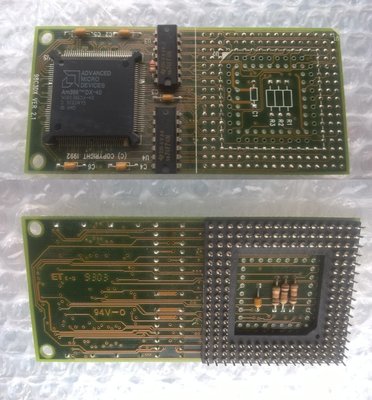Reply 40 of 49, by FGB
OK Mr. Junkie,
I think we have a misunderstanding. Of course we both can count, I don't really doubt it 😵
In my original post I said there is no "standard drop in replacement" for socket PGA132 which is faster than the SXL2-50. What I really wanted to say is that there is no native CPU above the SXL2-50 in this CPU line. Of course there are socket PGA168 CPUs on a converter for the PGA132 socket, and the nice SXL2-66 you showed in the thread, but I wouldn't call then native PGA132 CPUs. I hope this claifies what I intended to say. I think my term "standard drop in replacement" was a bit misleading.
Cheers,
Fabian
www.AmoRetro.de Visit my huge hardware gallery with many historic items from 16MHz 286 to 1000MHz Slot A. Includes more than 80 soundcards and a growing Wavetable Recording section with more than 300 recordings.
